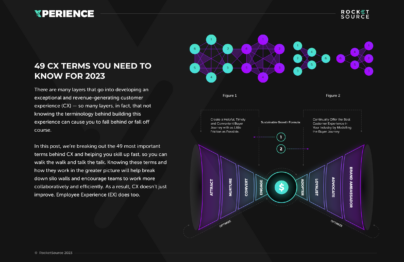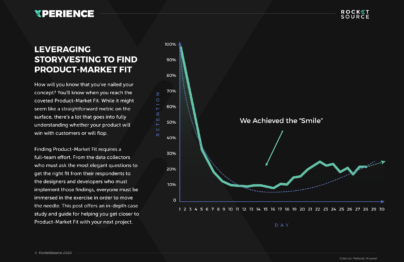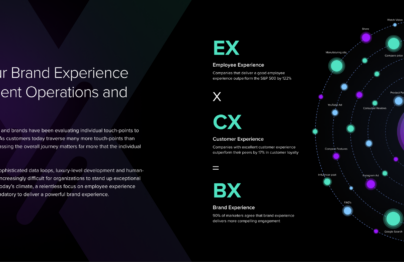The S Curve
Growth isn’t a consistent upward motion. Many businesses move upwards in an S shape, naturally dipping and growing throughout the company’s lifecycle. This methodical upward trajectory, plateaued progress, and slight dips come together into the shape of an S. Therefore, this natural path that most, if not all, organizations follow is known as the S Curve of Growth.
The hockey-stick style of growth is exciting and comfortable but not sustainable. Inevitably, every company will experience slowed growth and sips in upward momentum. In these moments, organizations must avoid doubling down on failed strategies or copied tactics from the competition. Instead, as plateaus and dips, otherwise known as strategic inflection points, occur, it’s up to the organization to reframe and refocus on customer-centric innovation.
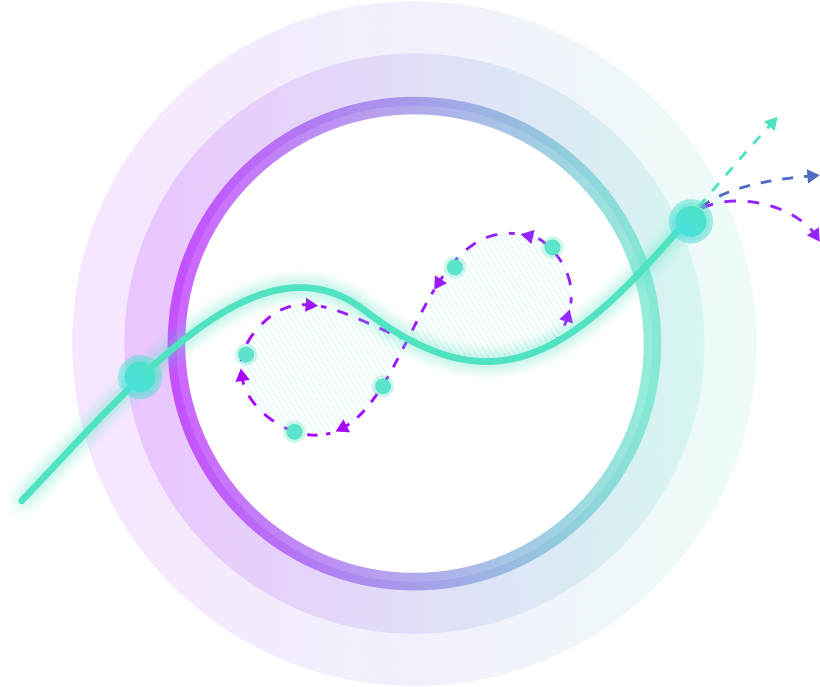
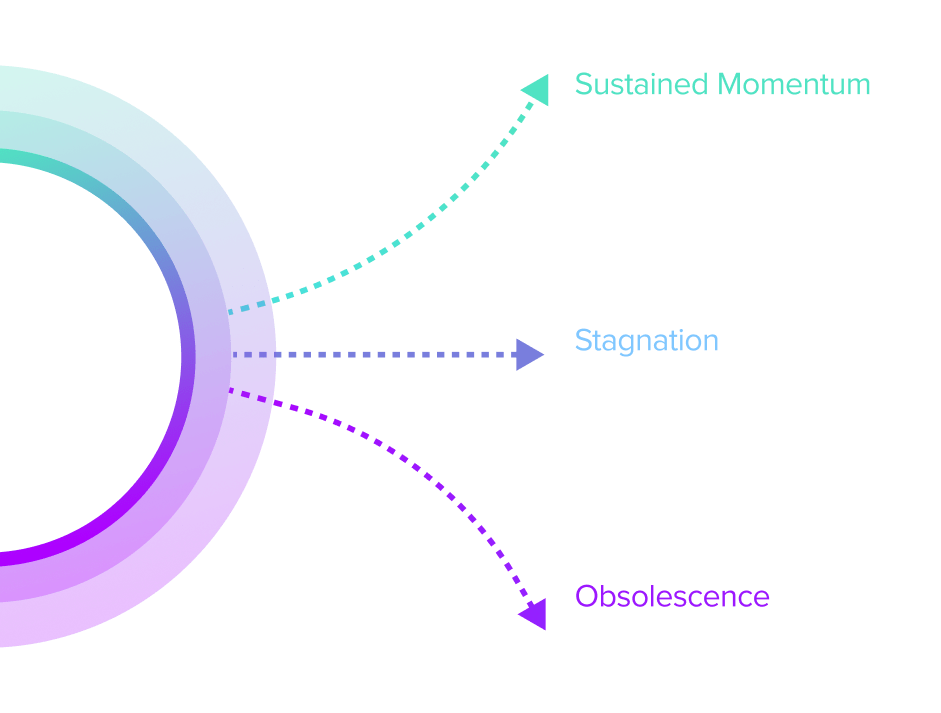
Answering the Strategic Inflection Points on the S Curve of Growth
Impressive short-term growth is possible. Sustained long-term momentum requires more strategy. There are many moving pieces in the foundation of growth. Knowing when you must jump to that next S curve is crucial to staying relevant in today’s fast-changing world.
A strategic inflection point is where a business must make important decisions about their future, that a company will either grow with sustained momentum, stagnate, or drop down the path of obsolescence. This strategic approach does not rely on failed tactics or copied competition. Successful companies lean into lessons learned and customer-centric innovation.
Their approach to strategic inflection points separates the leading companies from the laggards. Staying relevant and moving upward with sustained momentum requires methodical and consistent shifts along the S Curve of Growth.
Methodical Movement Up the
S Curve of Growth
Recognizing that your organization is in a strategic inflection point is only half the battle. The way the organization responds to that inflection point matters too. Floundering in the face of change squanders opportunities to promote strategic development and fails to solve a significant need.
Navigating Strategic Inflection Points Is Best Done via a Growth Framework
One that can guide organizations off obsolescence and stagnation and into sustained momentum.
There isn’t a one-two punch approach to building that momentum again. Frameworks, like the StoryVesting framework, tackle the challenges of building an end-to-end system for improving and promoting growth. It requires invention, innovation, and improvement to push upward.
The 3 I’s of the S Curve
of Growth
Invent
Customer needs are unique — so unique that sometimes new products must be invented just to meet those needs. Rushing into a new invention requires the right processes and feedback in place before dedicating teams to deploying those new ideas effectively.
Innovate
Innovation can spur large shifts through new methods, ideas, and products. This outside-of-the-box thinking doesn’t just happen in a board room. It requires methodical and specific skills and disciplines to be effective.
Improve
Assessing what you already have can often open ideas up for new ways to enhance your offers. Aligning teams to review the current processes and deliverables in place while also operating in an agile way can drive critical improvements at a time when you need them most.
The Innovation Loop
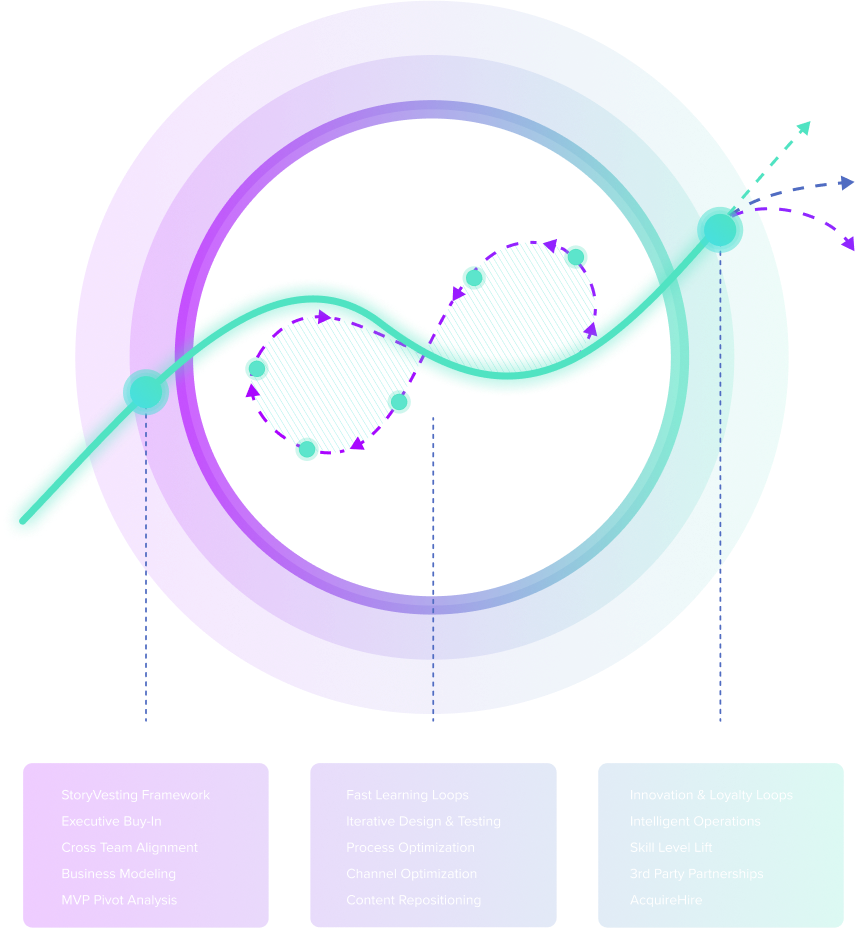
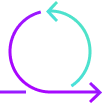
Refine
Settle new courses of action by refining your ideas, proposing new theories, and settling on the next steps.
Experiment
Move the high-priority items to the surface, and then leverage available data to determine the deal-breaking pain points for your customers versus the nice-to-haves.
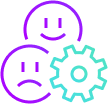
Empathize
Empathetic organizations take the time to speak with customers, listen to them, and respond in a way that genuinely addresses concerns.
Define
Determine the scope and impact of what you’ll be doing, how it rolls out, and what you expect the results to be.
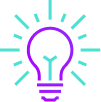
Ideate
Make incremental adjustments to your impending rollout, and track the revolutionary ideas that could be used in future projects.
Customer Experience (CX) Terms
- 360° Degree View of the Customer
- AI Ops
- Barlow Bands
- Behavioral Triggers
- Bow Tie Funnel
- Brick-to-Click
- Business Impact Analysis (BIA)
- Cognitive Computing
- Cohort Analytics
- Content Mapping
- Conversational User Guidance
- Customer Data Profile
- Customer Experience (CX)
- Customer Friction
- Customer Insights Map
- Customer Journey
- Customer Journey Mapping
- Customer Satisfaction (CSAT)
- Customized Ratios
- CX Intelligence
- CX Led Growth
- CX Metrics
- Data as a Product (DaaP)
- Data as a Service (DaaS)
- Data Culture
- Data Driven
- Data Engineering
- Data Fabric
- Data Governance
- Data Humanization
- Data Hygiene
- Data Looping
- Data Mapping
- Data Mining
- Data Modeling
- Data Monetization
- Data Swamp
- Data Visualization
- Data Warehouse
- Data-Centric
- Descriptive Analytics
- Diagnostic Analytics
- Digital Asset Management (DAM)
- Digital Transformation
- Dirty Data In Dirty Data Out
- Embedded Intelligence
- Empathy Mapping
- Employee Data Profile
- Employee Experience (EX)
- EX to CX Data Mapping
- EX to CX Mapping
- Experience Management (XM)
- Gap Analysis
- Generative AI
- Human-Centered Design (HCD)
- Journey Analytics
- Machine Learning (ML)
- Managed Agile Services on Demand
- Modified Hoshin
- North Star Metric
- Party Data
- Pathway to Purchase
- Predictive Analytics
- Product-Market Fit Mapping
- Real Time Design Looping
- Revenue Acceleration
- RevOps
- S Curve of Growth
- Stack Impact Analysis
- StoryVesting
- Table Stakes Testing
- The 3 P’s
- User Experience (UX)
- User Insights Map
- User Interface (UI)
- Voice of the Customer (VoC)
- Voice of the Employee (VoE)
- World Cloud Generator Sentiment Mining
- X Analytics

